For the first two or three hours of its campaign, Slitterhead may make you feel like the future of interactive horror is breech-birthing into existence. Those early hours drown the player in smoky, dirty splatterpunk, brilliant body-swapping mechanics, and a patently weird, abstract approach to narrative. But those early hours hit a high that the game can’t sustain, as the later hours see Slitterhead’s ambitions crash against its production limitations, until only pale, tarnished scraps of what could have been remain.
The best shorthand description of Slitterhead’s premise is: What if the eponymous, brain hemorrhage-inducing psychics from David Cronenberg’s Scanners had to save the world from the shape-shifting extraterrestrial organism at the center of John Carpenter’s The Thing? That’s a powerful formula by itself, made even more intriguing by it having been whipped up by none other than Toyama Keiichiro, the creator of Silent Hill and Siren.
That audiovisual pedigree is front and center throughout Slitterhead. The game’s parasitic monsters are jaw-droppingly grotesque abominations, turning every human body in a walking, cancerous Jackson Pollack painting. The cherry on top is that it all plays out in mid-’90s Hong Kong, giving these things a very different flavor than most horror on the market, with only Ghostwire: Tokyo as the closest recent analogue in terms of the look and feel of the place, a metropolitan contrast to the abhorrent creatures at the core of the game.
All that shows you where Bokeh Studio’s priorities were, because the normal human characters in the game are rendered with somewhere around PS3 levels of photorealism, and the characterizations aren’t much better. It’d be easy to say that they don’t have to be. There’s merit to keeping the characters simple in a wild, multidimensional tale of sci-fi horror that gets complex in a hurry, but Remedy Entertainment has been proving that you can successfully introduce complexity to both character and story with enough time and effort.
In place of characterization, you get conceptual imagination. The core gameplay loop involves you embodying a spirit that can possess random bystanders. The human hosts act as a bespoke system for extra lives when facing Slitterheads. When one dies, the spirit can jump to the next body. However, there are also more advanced hosts called Rarities that are able to manifest viscerally gross weapons of cancerous blood and flesh to do more traditional battle with.
While the possession gimmick is successful at adding an element of tension to every failure if there’s nowhere for your wayward spirit to jump to, it never gets more perfectly tense than during the tutorial, where you have to make a jump to a new body after throwing one of the hosts off of a building. By contrast, the direct combat feels soft, spongy, and ineffective, lacking in the visceral feeling of connection and damage that you expect incredible powers to exude.
That’s something that the Prototype games got right 15 years ago, in the exact era of gaming Slitterhead shares most of its design ethos with. Even when Slitterhead gets to its wilder stretches, and time travel enters the mix, the fundamentals fail its ideas early and often, making the relatively reasonable length of the thing feel so much longer and more arduous as a result. Slitterhead would have felt lackluster on the PS3, but it feels downright draconian now.
Since 2001, we've brought you uncompromising, candid takes on the world of film, music, television, video games, theater, and more. Independently owned and operated publications like Slant have been hit hard in recent years, but we’re committed to keeping our content free and accessible—meaning no paywalls or fees.
If you like what we do, please consider subscribing to our Patreon or making a donation.

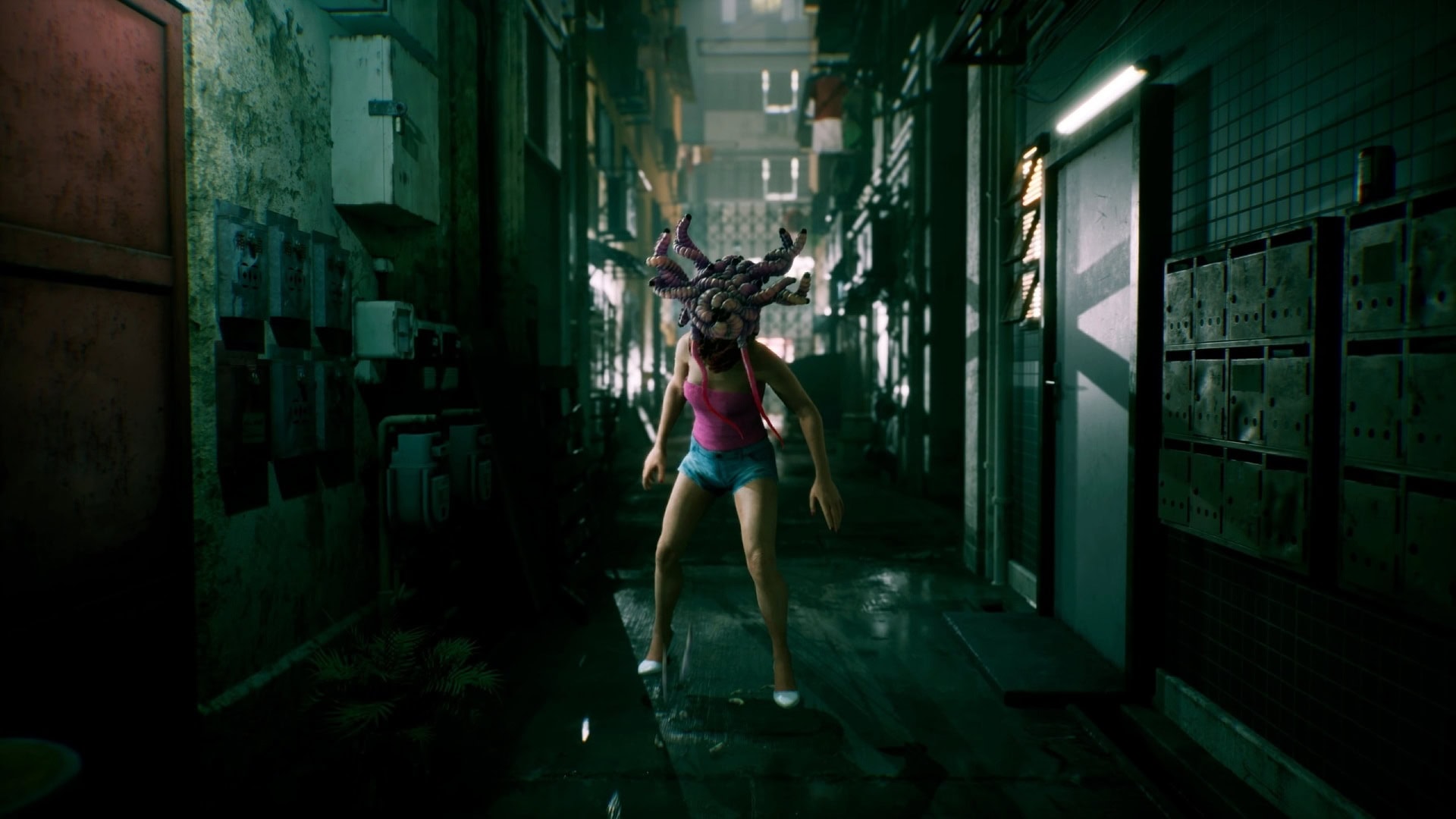
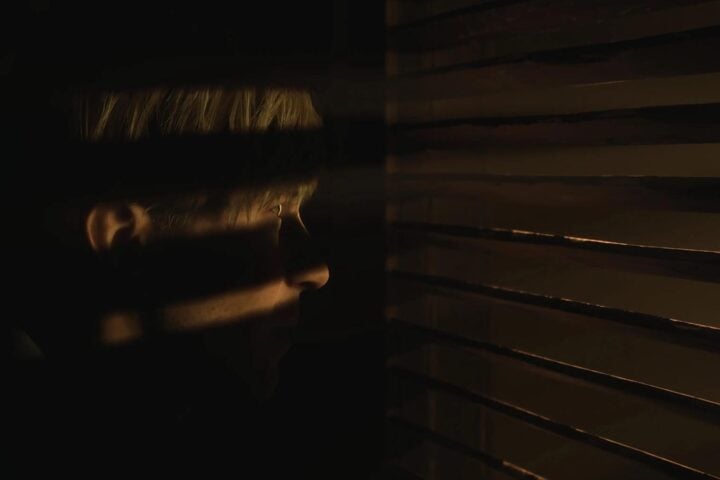
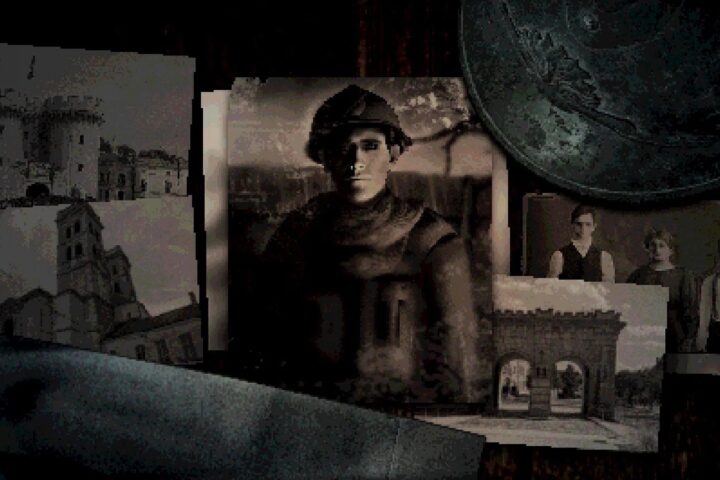
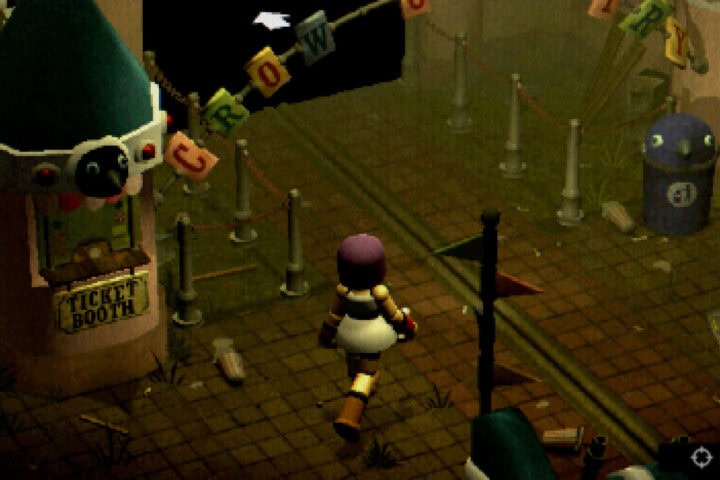
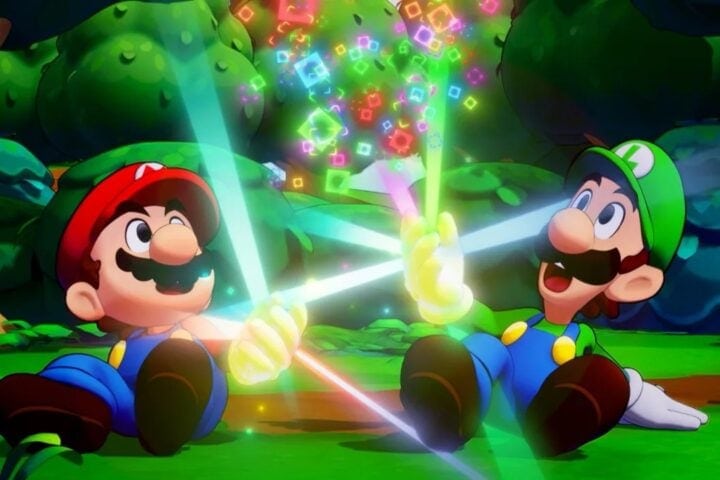
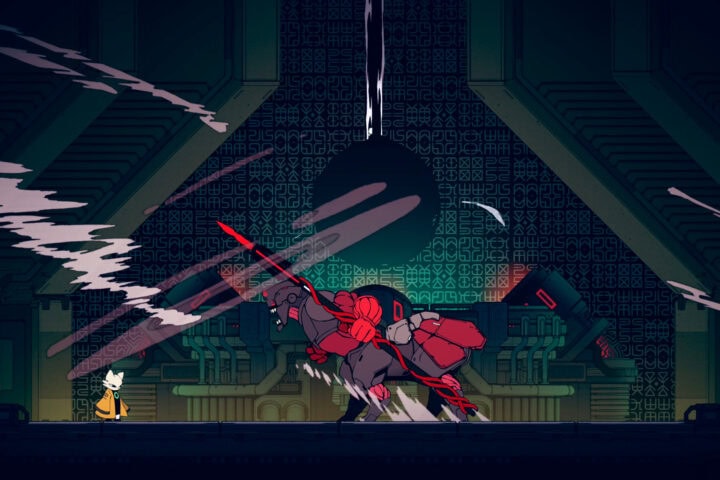
Are you sure about this 3/5? Reads more negative tbh.